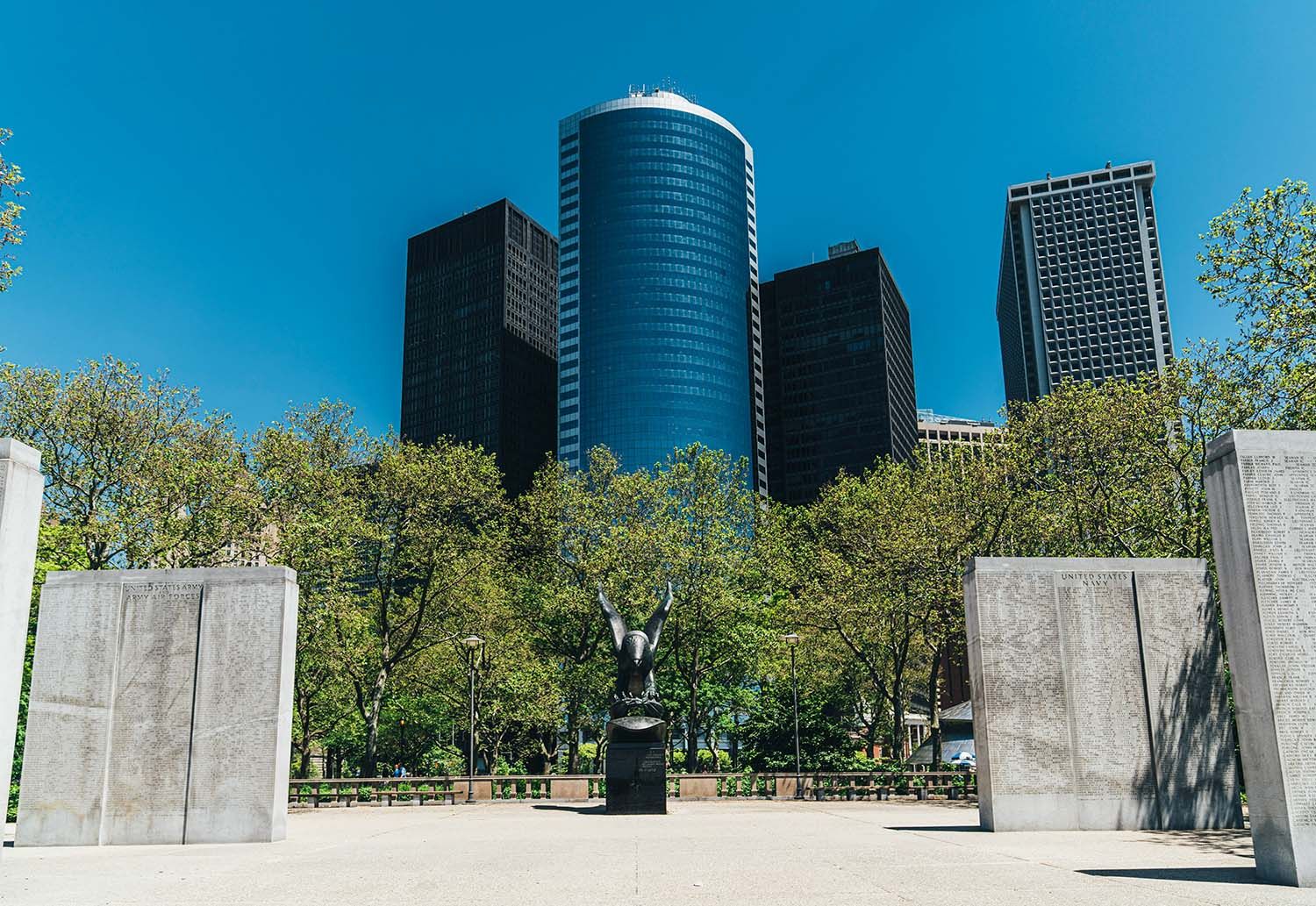Among the many ways to immigrate to the United States, the EB-5 program stands out as a time-tested instrument that combines economic feasibility with immigration benefits. Initiated by U.S. authorities in the early 1990s, this program was originally designed to attract foreign investment and stimulate the national economy.
What is EB-5?
U.S. citizenship through financial investment is not a myth but a real opportunity enshrined in immigration law. This refers to the EB-5 visa category—a special instrument granting the right to obtain permanent residency for the investor's entire family (including spouses and minor children).
The key principle is simple: in exchange for capital infusion into the U.S. economy and the creation of new jobs for local residents, program participants and their families gain the opportunity to become full-fledged U.S. residents.

The main advantage of the EB-5 investment visa is the absence of traditional immigration barriers. Unlike other programs, there's no need to pass language tests, verify higher education diplomas, or find a U.S. employer. This liberal approach makes EB-5 an ideal choice for affluent foreigners seeking a fast and guaranteed relocation.
Financial Requirements
The required investment amount varies depending on the region's economic conditions:
- For depressed areas and rural locations (TEA), the threshold is $800,000
- In developed regions, the minimum amount is $1,050,000
Key investor requirements:
- Proof of legal source of funds (business income, inheritance, property sale)
- Creation of at least 10 permanent jobs for Americans within 24 months
Regional Centers and Direct Investments
One of the key advantages of the EB-5 program is flexibility in choosing investment methods. Investors can either directly invest in their own business or participate in projects through accredited regional centers. Each option has its own characteristics, and the choice depends on the applicant's goals, experience, and preferences.
Direct investments imply that the investor independently opens or acquires a U.S. business and takes an active role in its management. This option provides full control over the project but requires significant time and organizational resources. The investor must not only provide funding but also ensure the creation of at least 10 jobs for U.S. citizens or permanent residents. This can be challenging, especially for those without U.S. business experience or permanent residency in the country.
The advantage of direct investment is the ability to choose the business sector and more transparent capital management. However, this approach carries risks since project success largely depends on the investor's competence, market conditions, and other factors. Additionally, the immigration authorities' review process for business plans may take longer compared to regional center investments.
For most EB-5 participants, collaboration with accredited regional centers represents a golden mean between immigration goals and investment risks. These USCIS-approved organizations act as professional intermediaries, pooling investor funds for large-scale projects in real estate, infrastructure, and industry.
This approach involves shared responsibility:
- The investor provides the necessary capital
- The center handles operational management and reporting
- A professional team implements the project and creates jobs
Key benefits for investors:
- Freedom from day-to-day business management
- Guaranteed fulfillment of job creation requirements
- Possibility of investment return after 5-7 years
- Reduced bureaucratic burden in document processing
Risks and Selection Criteria
Despite its apparent simplicity, selecting a regional center requires thorough analysis. The market includes both established operators with long track records and questionable entities. Critical evaluation parameters include:
- Approval rates for I-526 and I-829 petitions
- Financial transparency of operations
- Management team reputation
- Specific investment return conditions
Experts strongly recommend before making a decision:
- Conducting an independent project audit
- Reviewing feedback from previous investors
- Clarifying capital protection mechanisms
- Consulting with specialized attorneys
This comprehensive approach helps minimize risks and makes the investment path to a U.S. green card as predictable and comfortable as possible. This is why passive investing through regional centers remains the most popular EB-5 participation method.
Green Card Process
The EB-5 visa application process consists of several stages:
- Project selection and fund transfer—investors deposit funds into a special account that only unlocks after petition approval.
- Filing I-526E—a petition confirming investment legality and program compliance.
- Approval and conditional green card—if USCIS approves the petition, the investor and family receive conditional residency for 2 years.
- Condition removal (I-829)—after 21 months, investors must prove maintained investments and job creation before receiving permanent green cards.
The entire process takes 3-5 years, depending on USCIS workload and investment method.

Ideal Candidates and Program Advantages
The EB-5 program is perfect for affluent foreigners who want to:
- Relocate quickly (EB-5 has processing priority over other visas)
- Secure their children's future (green cards provide access to U.S. education and employment)
- Diversify assets (investments may generate income while U.S. real estate preserves capital)
- Avoid complex requirements (no language tests or U.S. employer sponsorship needed)
EB-5 is most popular among entrepreneurs, investors, and families planning U.S. relocation. Despite the high entry threshold, it remains one of the most reliable legal immigration methods.
Conclusion
The EB-5 visa offers a unique opportunity to obtain a U.S. green card through investment. It's ideal for those willing to make substantial investments while avoiding complex procedures required for work or family visas. With proper project selection and documentation, investors and their families can obtain U.S. residency within just a few years.
If you're considering the EB-5 program as your path to U.S. immigration, making an informed decision is crucial. The One World Migration team can help you navigate all legal and financial nuances, minimize risks, and develop the most effective strategy to achieve your American dream.





